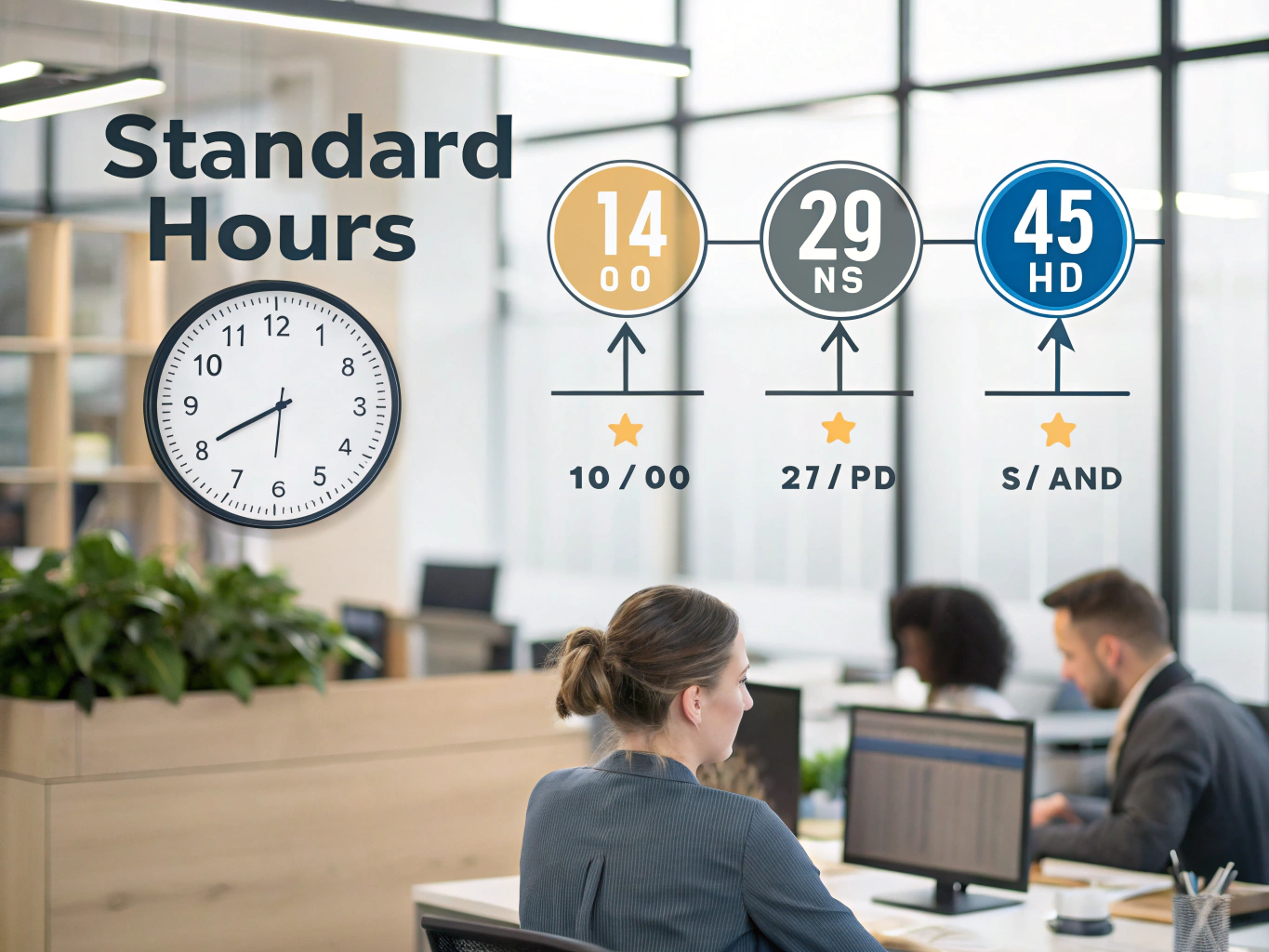Definition
The candidate journey is the experience and series of interactions that a job seeker has with an organization throughout the hiring process. It encompasses everything from the moment they first hear about a job opening to the final decision on whether to accept an offer. Understanding this journey is crucial for creating a positive experience that attracts top talent.
Key Components
To effectively navigate the candidate journey, it’s essential to understand its key components. Each stage offers unique opportunities for engagement and influence.
- Awareness: This is where candidates first discover your company or a specific job opening. It could be through social media, job boards, or even referrals from current employees. A strong employer brand and a positive online presence can set the stage for a favorable impression.
- Consideration: Once aware, candidates begin researching your organization and the role. They’ll examine job descriptions, company reviews, and your social media activity. This is a great time to ensure your messaging is clear and aligns with your company culture.
- Application: Candidates formally express their interest by submitting their resumes and cover letters, often through an online portal. Simplifying this process can encourage more applicants. Ensure your application system is user-friendly and that you provide clear instructions.
- Interview: This is where candidates get to meet your team, whether in-person, over the phone, or via video. It’s vital to create a welcoming atmosphere that allows candidates to showcase their skills while also asking questions about the role and company.
- Offer: Once a candidate is selected, extending a job offer is the next step. This should be a clear, written document detailing salary, benefits, and job expectations. Being transparent about what to expect can help candidates feel valued and informed.
Importance in the Workplace
Understanding the candidate journey is essential for organizations aiming to attract and retain top talent. For instance, if candidates feel neglected during the interview process—perhaps due to long wait times or a lack of communication—they may withdraw their applications or decline job offers. Conversely, a well-managed candidate journey can significantly increase the likelihood of a candidate accepting an offer. By mapping out this journey, you can identify pain points and opportunities to enhance the experience, ultimately leading to a more engaged workforce.
Best Practices
To create a positive candidate journey, consider implementing these best practices:
- Enhance your online presence: Make sure your website and job postings reflect your company culture accurately. Use high-quality images and engaging content that showcases what it’s like to work at your organization.
- Streamline the application process: Simplify your application form and ensure it’s mobile-friendly. Candidates appreciate a quick and easy submission process, which can lead to a higher application rate.
- Communicate regularly: Keep candidates informed at every stage of the journey. Whether it’s a confirmation email after they apply or updates during the interview process, timely communication builds trust and respect.
- Gather feedback: After the hiring process, ask candidates for feedback about their experience. This can provide valuable insights into what worked and what didn’t, allowing you to make necessary adjustments.
- Train your interviewers: Ensure that everyone involved in the interview process is trained on how to create a welcoming environment. Encourage them to ask relevant questions and provide candidates with opportunities to engage meaningfully.
Legal Considerations
While focusing on the candidate journey, it’s important to remain compliant with employment laws. For instance, ensure that your hiring practices do not discriminate based on protected characteristics such as race, gender, or age. Additionally, be cautious with the information you collect during the application process to respect candidates’ privacy rights. Familiarize yourself with local labor laws to ensure your processes are fair and lawful.
Conclusion
Understanding the candidate journey is more than just a trend; it’s an essential aspect of effective recruitment. By mapping each stage and making thoughtful improvements, you can enhance the experience for job seekers and increase your chances of attracting and retaining the best talent. Remember, a positive candidate journey not only benefits potential employees but also strengthens your overall employer brand. So, take the time to invest in this process—it can pay off significantly in the long run!




